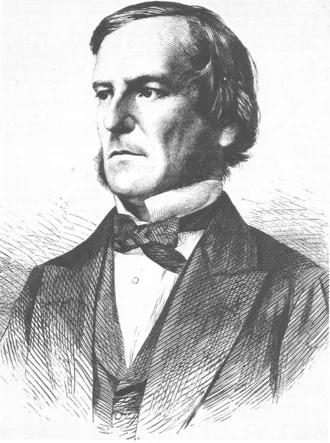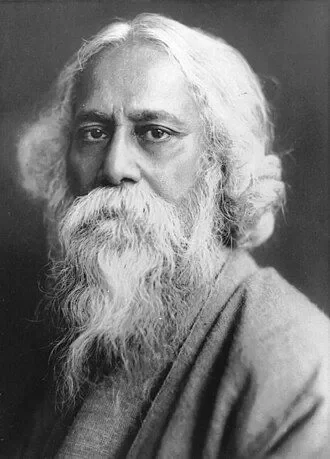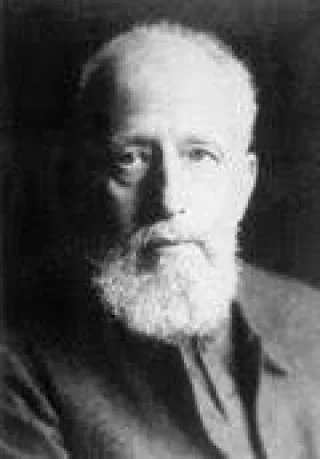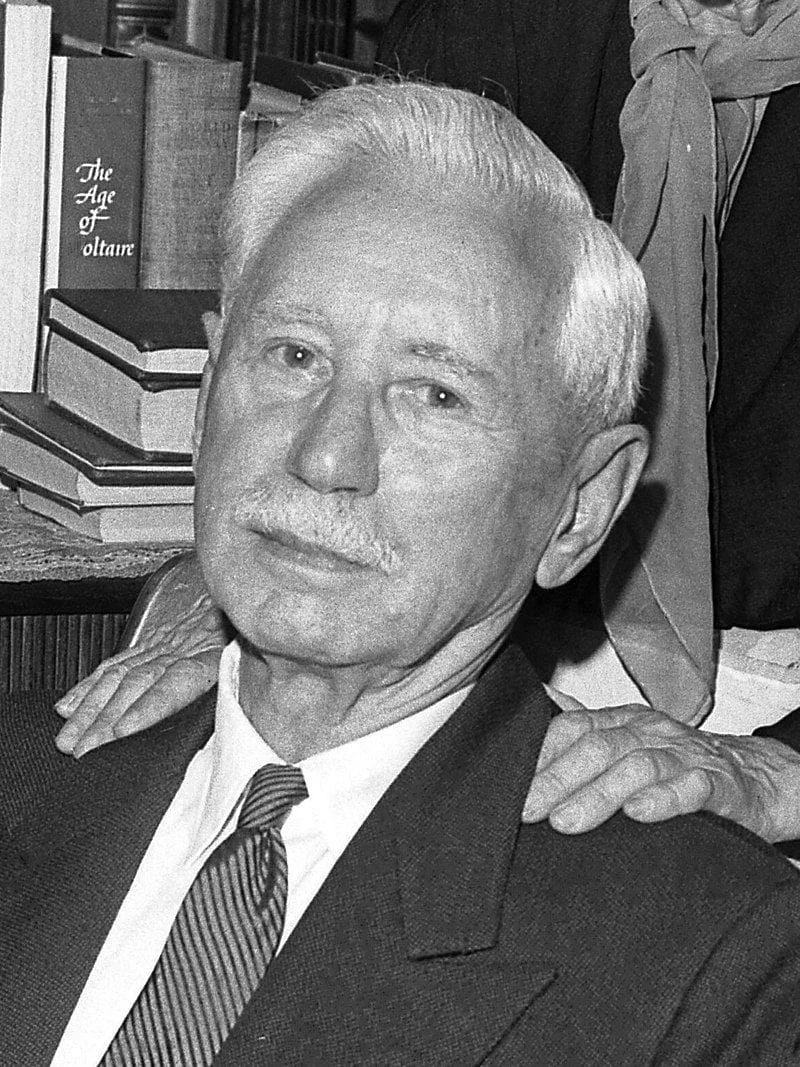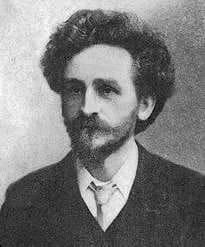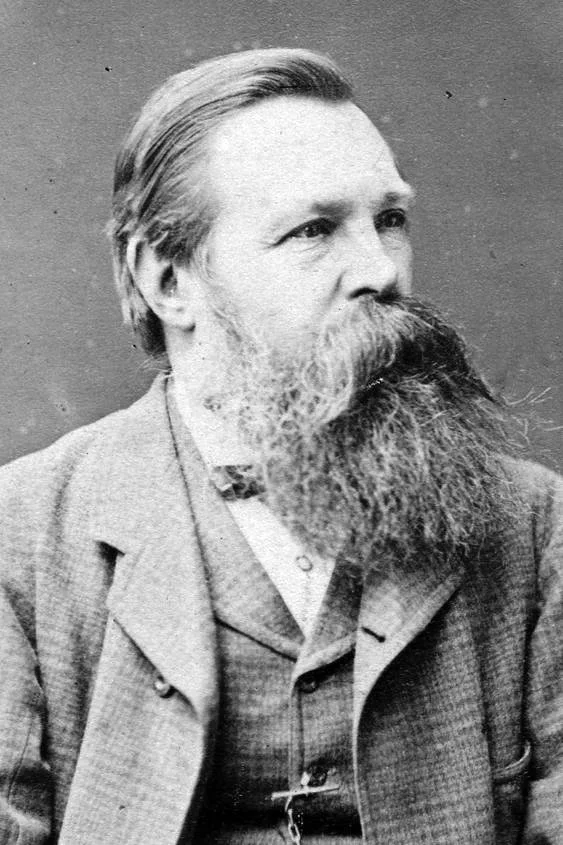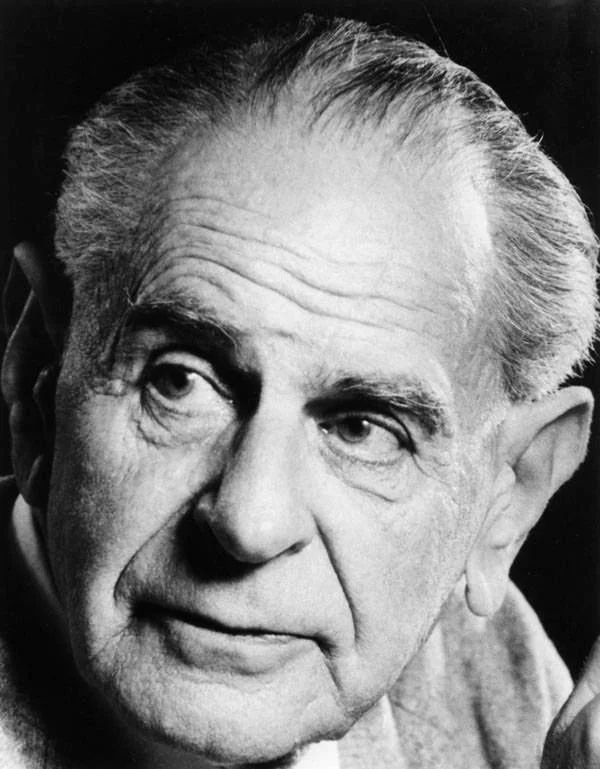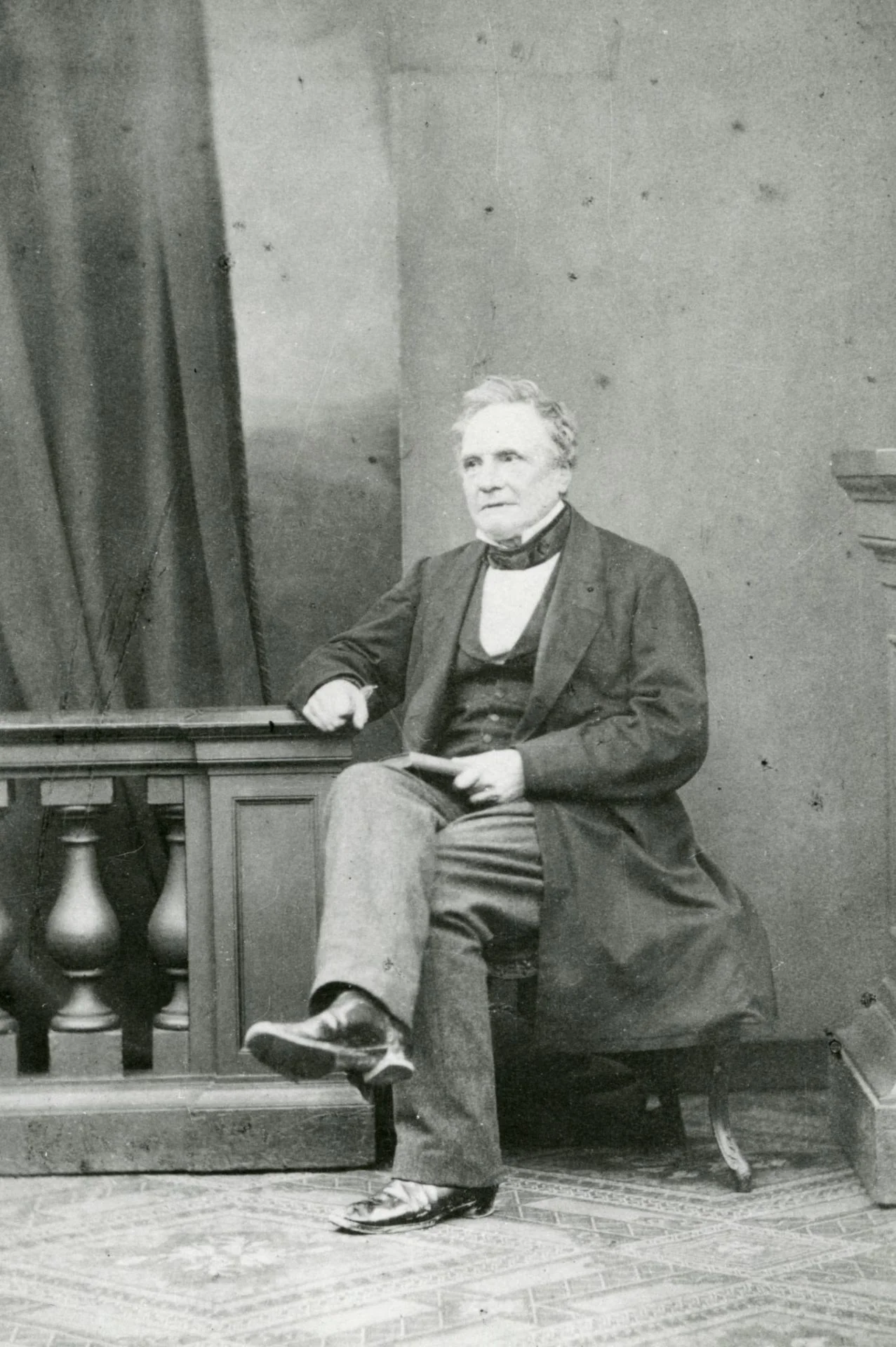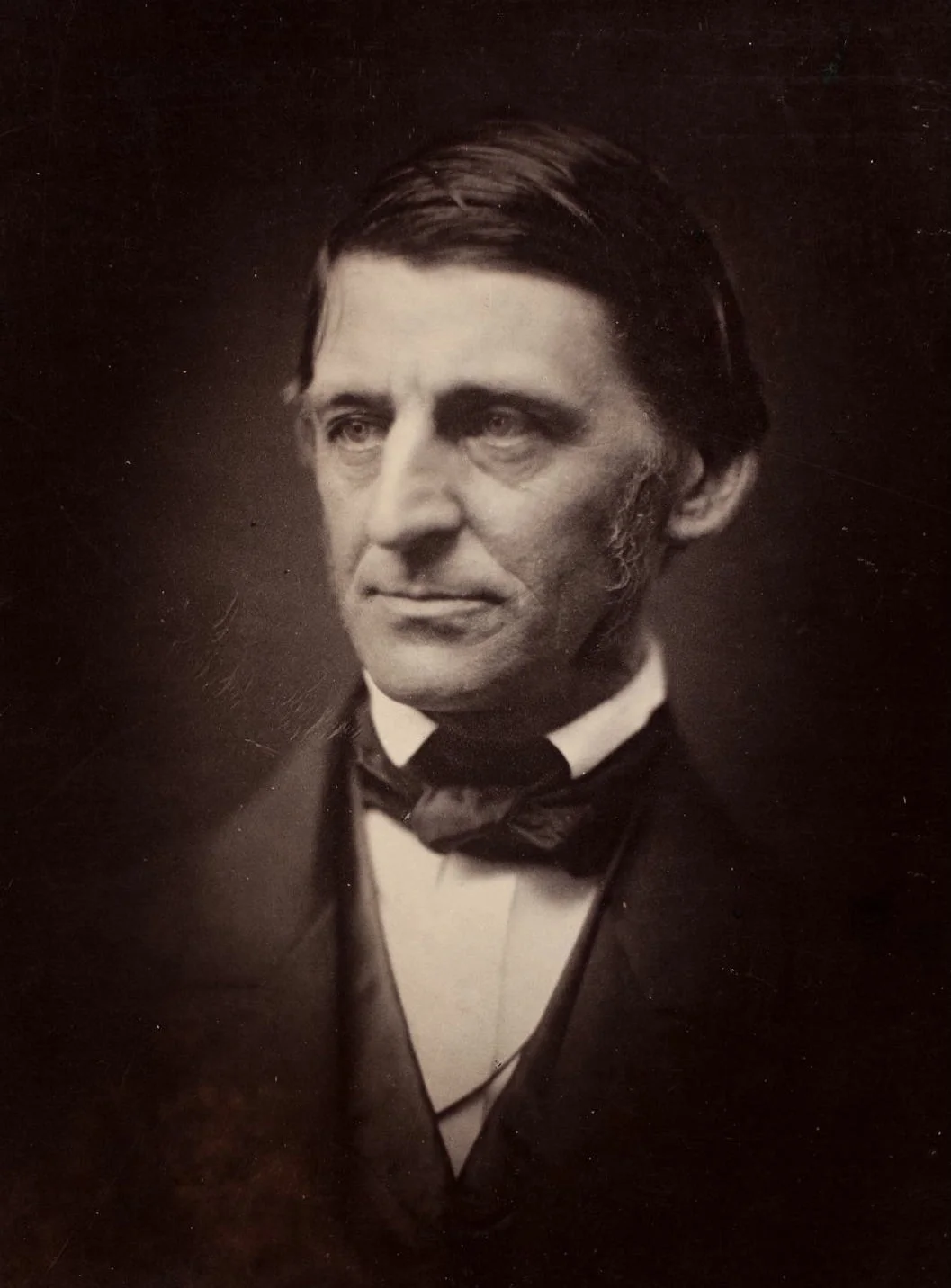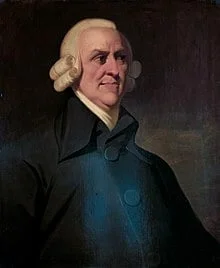Real Celebrities Never Die!
OR
Search For Past Celebrities Whose Birthday You Share

source:wikimedia.org
Ramana Maharshi
Birthday:
30 Dec, 1879
Date of Death:
14 Apr, 1950
Cause of death:
cancer
Nationality:
Indian
Famous As:
Guru
Age at the time of death:
70
Introduction to Ramana Maharshi
Ramana Maharshi, born as Venkataraman Iyer in Tiruchuli, Tamil Nadu, India, was a revered Hindu sage and one of the most influential spiritual figures of the 20th century. His teachings on self-inquiry and the direct path to self-realization have left an indelible mark on the spiritual landscape, drawing seekers from around the world. Ramana Maharshi’s life journey exemplifies a profound and transformative spiritual awakening.
Early Life and Spiritual Awakening
Venkataraman, later known as Ramana Maharshi, was born on December 30, 1879, into a middle-class South Indian Brahmin family. At the age of 16, he experienced a spontaneous and profound spiritual awakening that initiated a radical transformation in his consciousness. Following this awakening, he felt a deep inner calling to leave his home and family in pursuit of spiritual realization.
Journey to Arunachala
In 1896, Ramana Maharshi undertook a journey to the sacred hill of Arunachala in Tiruvannamalai, a place associated with the god Shiva. It was during this pilgrimage that he entered a state of intense self-inquiry, seeking the source of his own existence. In a transcendent experience, he realized the eternal truth of the Self (Atman) and underwent a complete dissolution of his ego.
Years of Seclusion
For the next several years, Ramana Maharshi lived in seclusion in caves and on the slopes of Arunachala, engaged in profound states of meditation and self-absorption. News of his presence spread, attracting disciples and devotees who sought guidance and wisdom from the silent sage.
Teachings on Self-Inquiry
Ramana Maharshi’s teachings emphasized the practice of self-inquiry, famously encapsulated in the question, “Who am I?” He directed seekers to turn their attention inward, questioning the nature of the “I” thought and tracing it back to its source. This direct path to self-realization became the cornerstone of his teachings.
The Silent Sage
Throughout his life, Ramana Maharshi maintained silence for extended periods, using it as a powerful mode of communication beyond words. He radiated a profound sense of peace and stillness, inviting those around him to experience the same state of inner tranquility.
The Formation of Sri Ramanasramam
As news of Ramana Maharshi’s spiritual presence spread, devotees from various backgrounds sought his guidance. The ashram that developed around him, known as Sri Ramanasramam, became a spiritual sanctuary attracting seekers, scholars, and luminaries from India and abroad.
Writings and Legacy
Despite his silence, Ramana Maharshi’s teachings spread through the writings of disciples and the documentation of his conversations. Prominent among his written works is “Who Am I?“—a concise exploration of self-inquiry and the nature of the Self.
Ramana Maharshi's Quote's
Later Years and Mahasamadhi
In the later years of his life, Ramana Maharshi continued to radiate a powerful spiritual presence. He faced health challenges, including a cancerous tumor, with equanimity and without seeking medical intervention. On April 14, 1950, he left his physical form, entering Mahasamadhi, a state where the enlightened soul is believed to merge with the divine.
Global Influence and Continuing Inspiration
Ramana Maharshi’s teachings have had a profound impact on spiritual seekers globally. His emphasis on self-inquiry
Name:
Ramana Maharshi
Popular Name:
Ramana Maharshi
Gender:
Male
Cause of Death:
cancer
Spouse:
Place of Birth:
Tiruchuzhi, Virudhunagar, Madras Presidency, British India (Now Tamil Nadu, India)
Place of Death:
Sri Ramana Ashram, Tiruvannamalai, Tamilnadu, India
Occupation / Profession:
Personality Type
Consul: Extraordinarily caring, social and popular people, always eager to help. He devoted his life to helping people.
Ramana Maharshi approved a variety of paths and practices from various religions
Ramana Maharshi also used to smear his forehead with holy ash.
He was Known as “the Sage of Arunachala,”
He has opened up the path of advaita to all people
He composed the Five Hymns to Arunachala as devotional song
He is one of the most remarkable Sages of the modern era
His contributed the technique of vichara (self-“pondering” inquiry) to yogic philosophy
